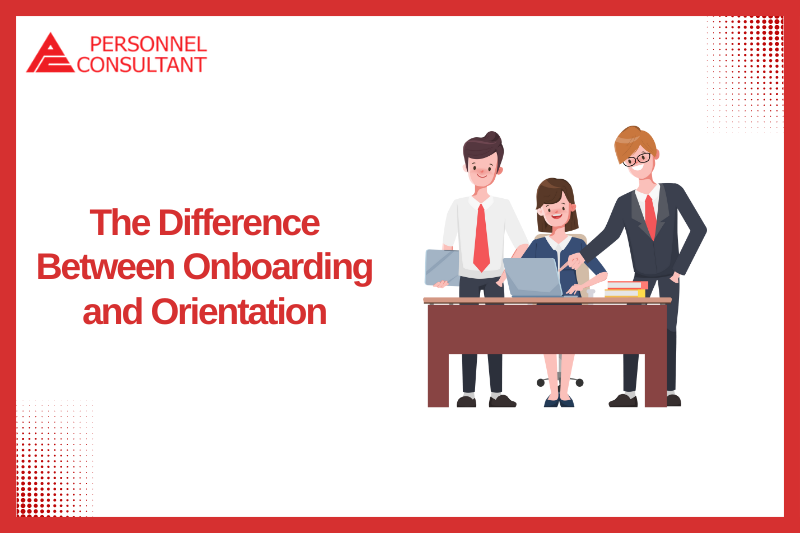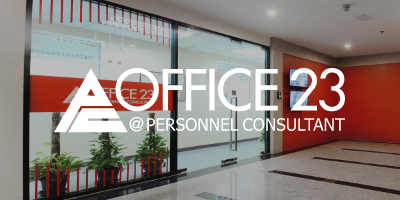
Onboarding and Orientation are two crucial processes in welcoming new employees, but they have different meanings and objectives. Often, people think that onboarding and orientation are the same, but in detail, they are different. Let’s explore the differences between these two terms.
Onboarding (Welcoming New Employees)
Onboarding is the process that organizations use to welcome and manage new employees to ensure they feel comfortable and welcomed in their new roles.
Objective: The goal of onboarding is to integrate new employees into the workplace quickly, help them adapt to the organization, understand the company culture, roles and responsibilities, work processes, develop skills, and build relationships with the organization.
Purpose: It aims to help new employees work efficiently, reduce turnover rates, increase engagement, motivate them, and promote job satisfaction.
Activities Involved : Includes understanding legal documents, providing an overview of the organization, introducing the team and management, and training in necessary job skills.
Duration : A longer period, possibly covering the initial phase of employment (3-6 months), depending on the organization.
Important Details : Such as company culture, roles and responsibilities, work processes, skill development, and relationship building.
Examples of Onboarding Programs
Mentorship Program : Assign an experienced mentor to provide guidance, support, and advice.
Training Program : Train necessary skills for the job, such as communication skills, problem-solving skills, and teamwork skills.
Orientation (New Employee Induction)
Orientation is the process of providing basic or general information about the organization, including its structure, history, benefits, rules, and initial work instructions, focusing on useful information for the beginning period.
Objective : The goal of orientation is to help new employees understand the basic tasks they need to perform and get to know the people they will work with.
Activities Involved : Includes introducing the team they will work with, providing an overview of their tasks, and explaining important rules and regulations
Purpose : To help new employees understand the organization, reduce anxiety, and create familiarity.
Duration : A shorter period, usually 1-2 days.
Important Content : Such as the company’s history, structure, benefits, and various regulations.
Examples of Orientation Programs
Presentations : Provide information about the organization, its history, culture, vision, and mission.
Company Tour : Show the workplace and different departments.
Differences Between Onboarding and Orientation
The difference between onboarding and orientation lies in their objectives and focus of each step. Organizations should design onboarding and orientation programs that meet the needs of both the organization and the employees, incorporating a variety of activities. Onboarding should not be the sole responsibility of the HR department but should involve collaboration from all departments to ensure the organization gains effective employees and creates efficient work.
Personnel Consultant , we’re Japanese recruitment agency company in Bangkok. Recruitment services has been in the business of recruiting Thai and Japanese talent for 30 years.
Companies looking for talent & staffing , please contact us through this form Click
Tel.02-2608454
Email : jobs@personnelconsultant.co.th










